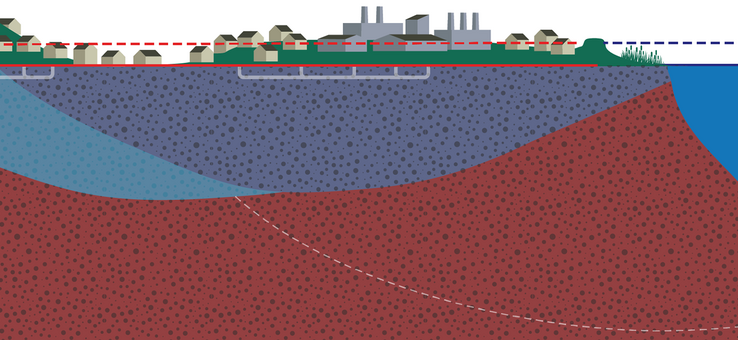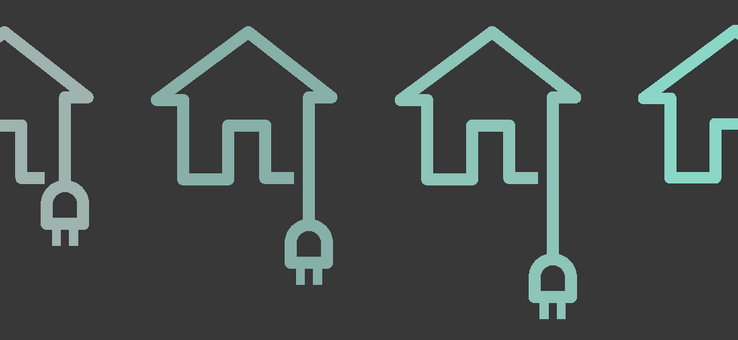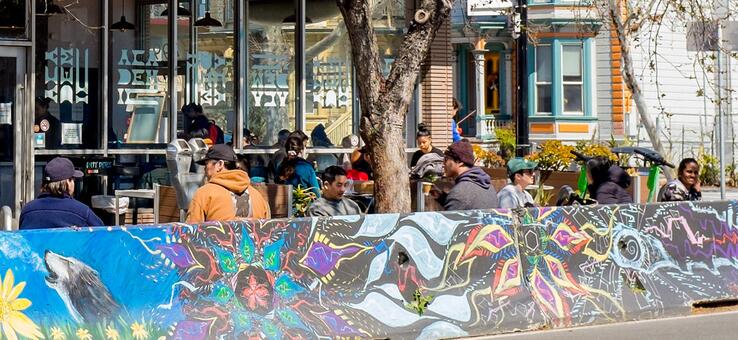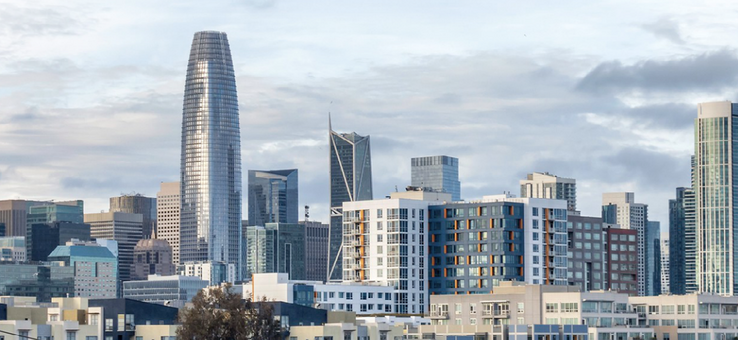

Closing the Electrification Affordability Gap
Planning an equitable transition away from fossil fuel heat in Bay Area buildings


The 15-Minute Neighborhood
A framework for equitable growth and complete communities in San José and beyond

Office-to-Residential Conversion in Downtown SF
Can converting office space to housing help revitalize downtown?

![Absence of adequate shear walls on the garage level exacerbated damage to this structure at the corner of Beach and Divisadero Streets, Marina District. [J.K. Nakata, U.S. Geological Survey]](/sites/default/files/styles/landscape_news_image_teaser_1x_tiny_/public/2022-12/007sr.jpg?h=853acb52&itok=HwywOHJ2)



